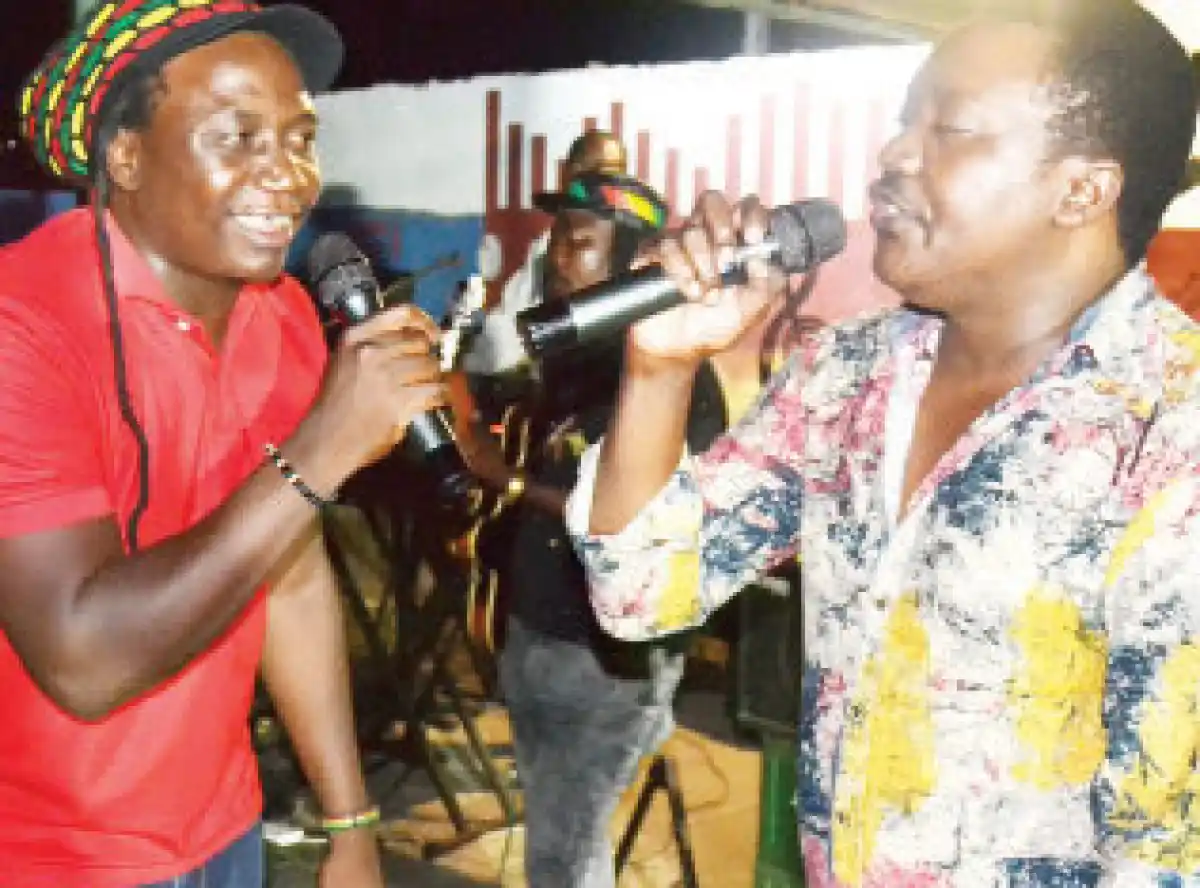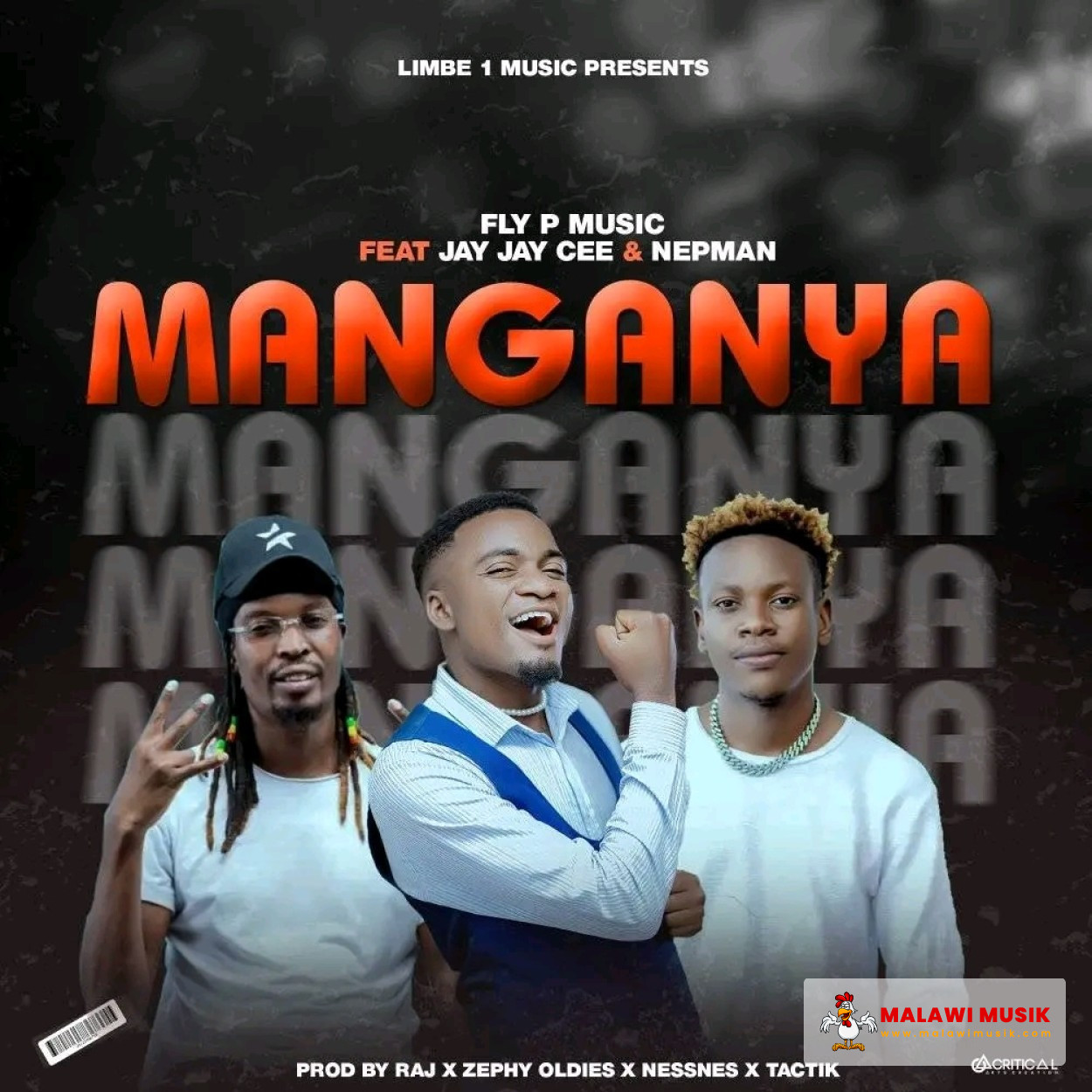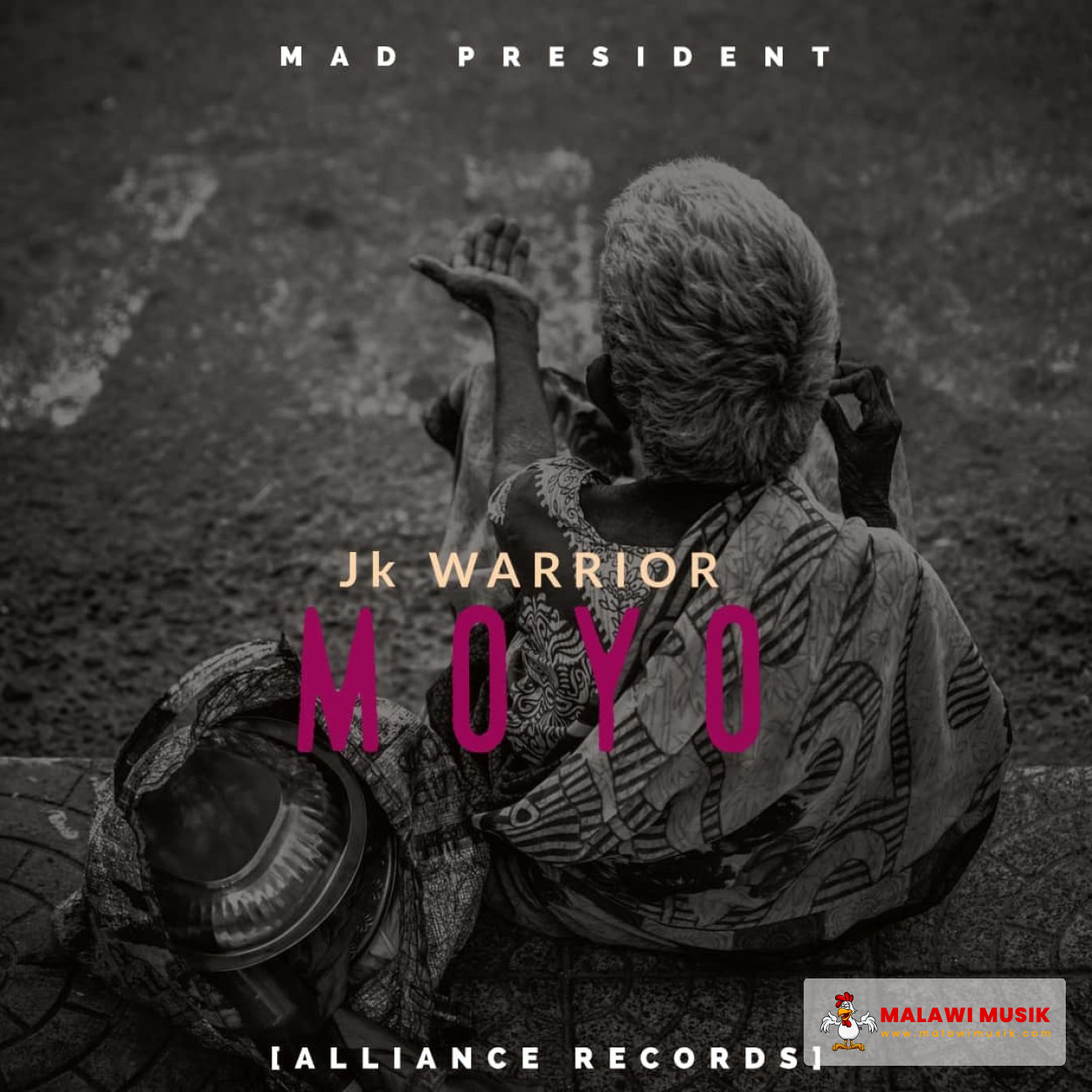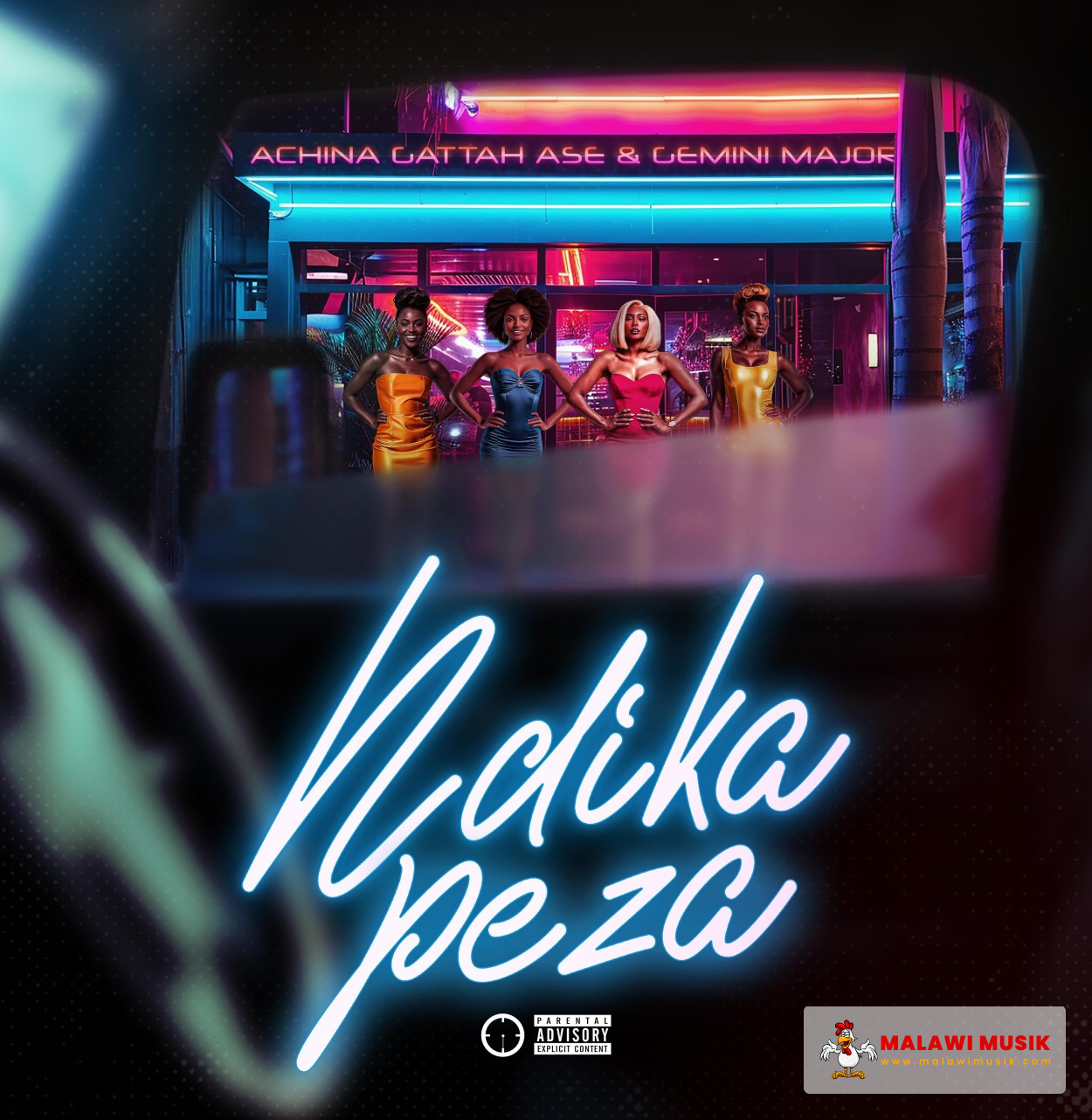It was not long ago, when some people of the Northern part of Malawi, especially Mzimba, could not be separated from their Livestock, like chickens, goats and cattle. In the remote past, families who could not afford to raise kraals ( khola) were deprived of options beside sharing with animals their dwelling houses, to guarantee their safety .

I could still remember the days when my mother had taken some whips on me over a misdemeanor, I used to seek refuge at my grandfather’s mud made and grass thatched house.
The house depicted cool rooms smeared with cattle dung. When dusk crept in six goats and three kittens used to join us into the house. They used to go straight to a corner of the vacant ‘ dining‘ room where the big man used to skillfully tether them so that the young ones were not trodden upon by the elders.
At night, it was something else.I could be woken up by either goats’ sneezing, or bleating by the goat (mother) which could not trace its kitten. I could also hear a splash of urine that dug a canal that ran up to the place we used to assemble fire. I remember one night urine extinguishing some little fire that remained before we had left for bed. Although the extinguishing sound was loud my grandfather pretended not to hear despite both of us having been awake. I knew he was accustomed to the sound having slept with goats for years.
At times, sleep could be disrupted by goats stampede over something I could not explain.
“ It’s how goats behave” my grand father responded when I plucked courage to find out the cause of stampede
The morning task for my grand father was to untie the goats from a pole sunk at the corner of the room, and tether them outside the house, at a nearby garden. He used a reed basket to clear the droppings that had a special heaping place at one homeyard point, for them to mature before use in gardens, to boost soil fertility.
Sharing sleeping dwelling houses with animals, especially chickens, goats, sheep, and calves, was a common practice by most Ngoni families few decades ago. There was an art in tethering the elder animals so that young ones were not trodden upon.
This culture was being practised ostensibly to secure the animals, especially in remote rural communities infested by hyenas, wild cats and other prey bessts. Rarely from thieves.
Every tribe or society has its own culture and art that make people’s life complete and worthy. Culture is a set of values, beliefs , practices, habits, behaviors , views and all that identify a group of people or a society. Cultural values can encompass food preferences, dressing styles, language, recreation and other elements that make a group of people unique and different from others.
Art is an expression of people’s way of life. Artwork is a reflection of culture of a certain group of people at a certain period of time. Art serves as a powerful medium of communication a particular group of people use to express their beliefs , values ,feelings, views and perceptions. It mirrors all elements a particular tribe or society stands for as their identity.
Art and culture are just two sides of a single coin. Art work can be presented in form of paintings, drawings, weaving, sculptures, pottery, dances and other artistic performances, symbols, words , signs and sound .
Art promotes coexistence and tolerance among people of different cultural and religious backgrounds by communicating religious and cultural values and beliefs of individual groups. Therefore, art enhances peace, unity and tranquility in societies habited by people who tow different cultures and religions . Undermining artistic features of a certain group of people leads to conflicts which, if not amicably and hastily resolved, will degenerate into civil war that can cost property and lives.
Religious and cultural groupings and institutions have always clashed into fierce conflicts over accusations of demeaning each other’s values and beliefs, through derogatory perceptions and actions, including blasphemy. Religious conflicts are rampant world wide bordering on misunderstanding of values and beliefs.
Eric Brahm for Substark Magazine wrote on 2005, November, “ Religion is central part of many individuals and any threat to one’s belief is a threat to one’s very being.”
In 2023, August 16, Al Jazeera journalist, Abid Hussain, reported that armed mobs attacked at least two churches in Punjab province’s Jaranwala town, in Islamabad, Pakistan, accusing two Christian residents of blasphemy.
“Hundreds of people armed with batons and sticks attacking the Salvation Army Church and the Saint Paul Catholic Church, setting them ablaze, while another mob attacked private homes, torching them and breaking windows.” reported Hussain.
Like other tribes, the Ngoni people are identified by their own unique culture and art that govern their society.
Ngoni people’s art and culture have been associated with animals ( both, domestic and wild ) and natural resources, especially natural forests. Animals have their own relevance and efficacy to their culture whose beliefs and values are reflected through their art.
Animals for instance, serve as key raw materials for artwork that makes Ingoma, the Ngonis’ war dance, complete and envious to watch.
Art work supported by animals is demonstrated in the dance whose gear and other accompanying materials are sourced from animal skins and other wildlife specimen.
Special artwork is applied in organising dancing regalia made from wild animal skins, which is knitted into clothes like wear. These skins, from different animals, such as leopards, lions and other smaller animals with beautiful dot spots skins cover the whole body, except the head, which is also taken care of , by state of the local art hat, skilkfully meshed with unique birds species feathers.
The skin ( from cattle) is also used to make shields (protective gear), spear handles and cattle tails are fixed at the end of the spear, to add beauty to the dancing weapon.
Dancing materials that were also sourced from wildlife include beads, ivory necklesles, rings, jewels and horn trumpets ( mbata), from an African antelope,known as Kudu.
Ingoma dance is a replica ( carry forward) of dances performed by the tribe each time they emerged victorious in fears battles, some time ago.
The Ngoni people , under Zwangendawa Jere, who fled hositilies perpetrated by notorious Ngoni King , Tchaka Zulu, in South Africa, from 1818 to 1822, engaged in persistent battles on their way to Malawi, and arrived in Malawi in 1840
Ingoma dance is called war dance because performers aggressively wield weapons like spears , shields and complemented by combatant facial expression and victory songs.
Armed men are main dancers and are called’ impi’ meaning a battalion. The dance is incomplete without women behind the impi who offer lead vocals. Women have their own attractive gear dominated by beads around their necks, hands with some donning birds feathers in their heads. And a Notable dressing for women is a cloth loosely covering their lower part of their bodies.
Some animal and birds specimen fixed in their heads and ears add a beautiful spectacle. In reasonnce with the songs, the impi pounce hard on ground with bare feet, as they wield shields and spears, a visitor will not help scampering for safety. Art skill is also demonstrated in the dance itself. Except for away performances, to ensure safety of the dancers, the dance is performed at a specific place in the village. It is performed in cattle kraal,where the matress -like -dung provides safe feet landing.
The use of skin and birds feathers were not limited to supporting Ingoma dance. Cattle skins were also used to bury chiefs while dried ones made good sleeping mats for miserable income families. Cattle skins were also used to bury chiefs while dried ones made good sleeping mats for miserable income families. The skin was also used as strings on wooden beds. Feathers from domestic birds (chicken) made good pillows.
In addition to providing materials for Ingoma dancing gear, domestic animals (cattle) were also paid as lobola ( dowry system). In addition to providing materials for Ingoma dancing gear, domestic animals ( (cattle) were also paid as lobola ( dowry system).
Special art work is also depicted in metal fabrication works, in making spears,arrows machetes,, hoes knives and other useful metallic objects. Elderly artists used to craft a goat skin bagbags to blow charcoal into flames, in an improvised furnace, to melt metallic objects and shape them into designs of their choice.
Besides animal and birds specimen obtained from forests, trees are also important commodity harvested from the forests for artwork. The Ngoni people use special trees to make bows, spear handles, hoe and ax handles, beating sticks ( Mchiza), clubs and other useful wooden materials . Trees were also used to be carved into pounding sticks and mortars, sculpted into bee hives, rough wooden chairs, and poultry and pig feeding troughs.
Natural forests were also sources of food products like flying ants, mushroom, honey, fruits and other products used for various domestic purposes.
Wild animals were hunted down by dogs or killed with classical traps made from wire and ropes. Villagers close to streams devised their own unique art to fish. They used traps ( chono) or poisonous plants ( mutetezga) to catch fish, in their suffocated state.
Like said earlier, the Ngoni people have been always next to animals. Besides serving as lobola, (cattle) animals were source of food ( milk, luwende ( boiled blood) and meat) and prestige . Some villagers boasted huge herds of cattle, just for fame, since animals were socio-culturally looked at as a symbol of wealth and prosperity. Some villagers in possession of tens of cattle, lack necessary basic needs, including school needs for their children. In some extent, family members took a bite at a piece of meat only when the animal breaks it’s leg in a fight, killed in a fight or rescued from a predator.
It is on meat preservation that the Ngonis prove to have no equals. They have unique art to preserve meat that people from other tribes are disillusioned with, and can invite serious nausea to some. This is Zimpeto art.
An animal meat ( cattle and goat) is chopped into long strings and are spread across small trees arranged in lines, resting on four elected trees, in between which, a very small fire is assemble. The fire is not so strong to gate keep flies. It is exclusively smoke that engulf the meat. As fire gets weaker and weaker, smoke too, decreases, opening swarms of blue flies to invade the meat, in the process. In a short time, the blue flies lay hundreds of eggs that swiftly hatch into white and legless larva like organisms, called maggots.
The more flies patronize the meat, the greater infestation of maggots is observed. What used to stun Ngoni visitors was the absence of attention to the infestation of flies to the meat. No one will spare energy to whisk away flies, let a lone shake maggots off the meat . Maggots that cling loosely on the meat, drop off and land on fire and blow up, bringing a horrible smell.
In fact the organisms were not maggots. They were given a special name, Zimpeto. Zimpeto was a culturally constructed name to replace the name maggots.
Zimpetos were just innocent organisms. They were good samaritans in meat preservation. They helped to tenderise and add a unique decomposing flavour to the meat. In absence of refrigerators, it could have been a big challenge to preserve meat without Zimpeto artwork.
We talk about times when food qualified to be a real meal when it accompanied meat. The Ngonis had their own derogatory words to relish like vegetables and legumes. They used to say relish must be killed. Relish must produce blood. “ Are you an animal to eat vegetables,” they could ask derogatorily. In those days, it was going to dawn for.
Nutritionists to preach the gospel of nutrition that emphasizes a minimum dietary requirement, only certified with presence of fiber rich food stuffs, like vegetables.
What was surprising, however, was that no family member was bed-ridden, suffering from macro and micronutrients deficiency related illness or food contamination. Those were times when parasites like biting ants, mosquitoes and flies could not register their presence and impact on people’s health.
“No one fell sick, let a lone open bowels after consuming Zimpeto tenderised meat, ” Challenged one villager, in his late 70s. It can be argued, therefore,that zimpeto were beneficial organisms.
In addition to aggressively hauling to the meat a strange decomposing flaour, the tenderising Zimpeto was also a strong catalyst for the softness of the meat, even when the animal was too old to cook and chew.
The Spokesperson for Mzimba Jere Ngonis, Ndawazake Thole said the art of Zimpeto was the only way people could preserve meat in large sizes.
Said Thole, “In those days, meat was just plenty. Meat was the best food for the Ngonis. Zimpeto culture was the only ideal technique to preseve meat for a number days,”
Zimpeto used to ba a serious and sensitive cultural value not to kid about.
No silly comments advanced towards Zimpeto meat preservation art could be entertained by elders.
Children living in towns, off for vaations in their parents villages, earned canes on their buttocks for wrongly calling Zimpeto as maggots. It used to take their parents to apologize for the wrong name of the glorified organisms.
Elderly men did not correct boys’ wrong doing by words of the mouth. The only treatments was severe beating with a special beating stick known as Mchiza. Of course, young boys were nurtured with good manners because of a culture of communal meals, a system where all meals from a few houses were brought and eaten at one place.
The Tcheni culture instilled cleverness and jack up way of doing things among boys. In Tcheni culture, boys carefully watched the pace of eating and they had to quickly remove the remaining food and place another dish of meals.
The boy could shout the word ‘Tcheni!’ before pulling the remaining small meal from the center of eating circle, usually close to the cattle kraal, (ku mpala). Delays in removing remaining food was a big crime, attracting a penalty , usually beating with Mchiza.














